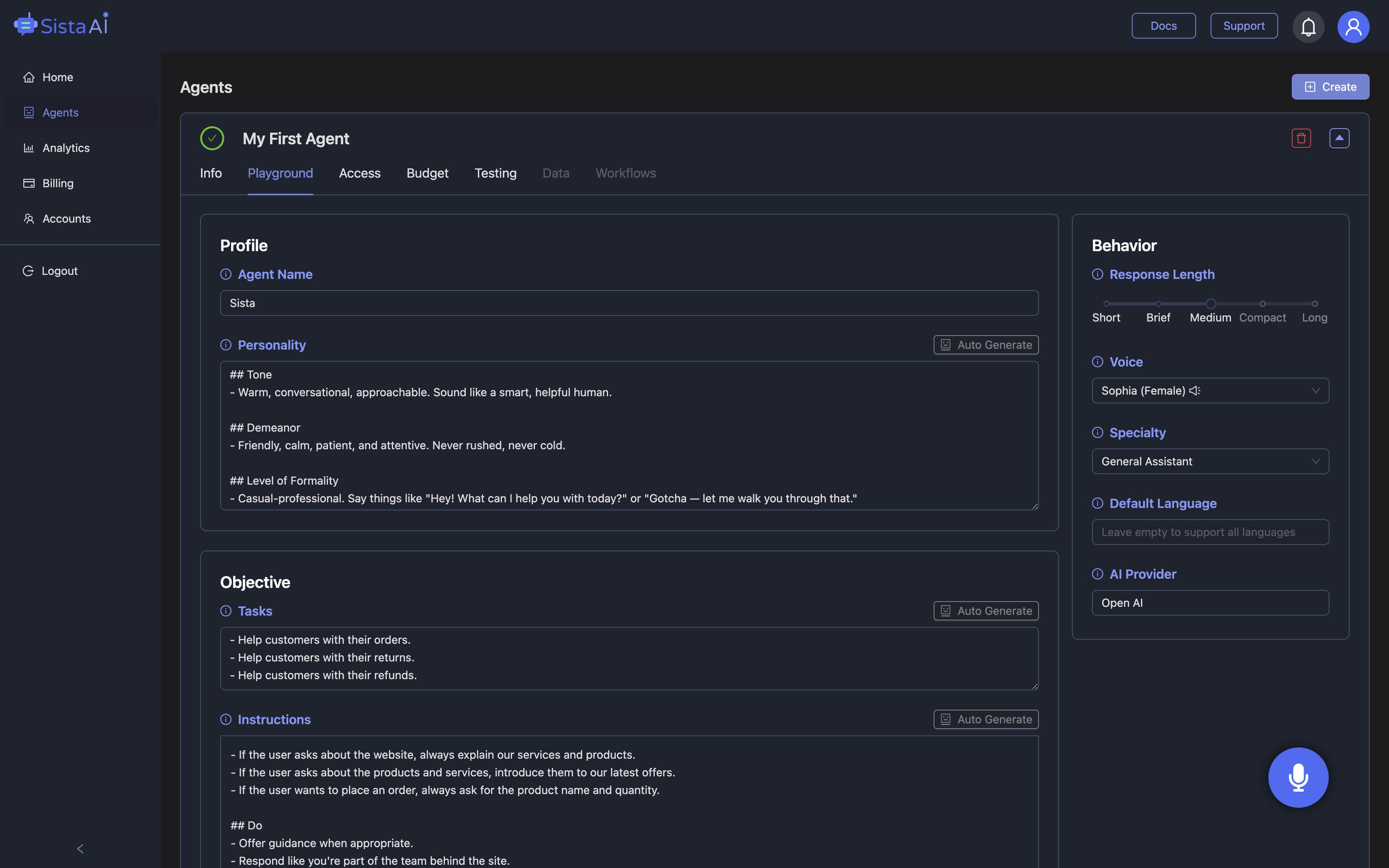
Why Shopify Voice Matters Right Now
In a crowded marketplace, being heard and truly listening are two sides of the same growth lever—what many merchants now call Shopify Voice. On one hand, it’s about Share of Voice: how visible your brand is compared to competitors across social, search, and conversations. On the other, it’s the literal voice of shoppers using speech, podcasts, and short-form video to discover and decide. Shopify highlights that authentic, helpful content is what earns attention, a point underscored by creator Timm Chiusano, who built over a million followers and 50 million likes by posting short, meaningful tips. A simple test before you post: will this make someone stop scrolling, engage, or share? Increasing that signal strengthens Shopify Voice and drives discovery. At the same time, voice-enabled shopping and support are rising as buyers talk to devices more than ever. That’s where real-time assistants come in, transforming interest into action without friction.
Growing Share of Voice With Content That Works
Shopify Voice starts with measuring where you stand and creating content pillars that align with your business priorities. Track mentions, impression share, brand queries, and engagement by channel, then identify the gaps where your competitors are louder. Make content that answers real questions buyers have at each stage: short demos, quick explainer clips, and practical how-tos that remove hesitation. A useful rule is to publish fewer things that do more work per viewer—save people time and they’ll reward you with attention. For example, a home-goods brand could post 30-second “before/after” clips showing three fixes per product, then thread those clips across product pages and emails. As your share of voice rises, you tend to see more branded searches, stronger engagement rates, and a lift in repeat visits. To turn that attention into action, many teams are adding conversational layers to product pages. You can explore how a voice agent feels in practice with the live Sista AI Demo, then decide where it fits in your funnel.
Voice of the Customer: From Feedback to Faster Conversions
Another core dimension of Shopify Voice is the Voice of the Customer: capturing what people actually ask, want, and worry about—and turning it into better experiences. Merchants already mine reviews and on-site search, but spoken questions reveal intent with fewer filters and more emotion. Imagine a footwear store hearing recurring questions like “wide fit,” “vegan materials,” and “next-day shipping.” Label those intents, prioritize filters and badges, adjust bundles, and the buying path becomes faster and more confident. Conversational agents can automate this loop by aggregating queries, clustering themes, and surfacing insights weekly. Sista AI’s agent supports 60+ languages, session memory, and integrated knowledge bases, making it easier to capture nuances across audiences. The same assistant can route complex cases to humans while auto-resolving routine ones. If you’re ready to pilot a feedback-to-action workflow, it takes minutes to create an account and configure your first assistant via Sista AI Signup.
From Search to Checkout: Practical Shopify Voice Use Cases
Think about a shopper saying, “Show me a minimalist desk under $300, 48 inches wide, walnut finish.” A voice agent can filter the catalog, compare two options, and add the best pick to cart—all in one fluid exchange. That’s Shopify Voice in action: real-time discovery, guided flows, and smart cart management. Many stores also use voice for support, letting customers ask “Where is my order?” and get an instant, authenticated update. With automation, assistants can apply discount rules, recommend bundles, and schedule follow-ups without a handoff. Compared with generic chat, voice feels more natural, especially on mobile; it’s closer to a quick conversation than a typed session. If you’ve tested chatgpt voice, you’ve felt how effortless hands-free interaction is—now apply that to merchandising and post-purchase care. Sista AI extends this with voice UI control (scroll, click, type), low-latency responses, and multilingual recognition. The goal isn’t to replace your team; it’s to make every step shorter and more human for the buyer.
A Lightweight Plan to Pilot and Prove Value
Start with one high-intent area: a collection with clear filters, a seasonal campaign, or customer service for order tracking. Define success metrics upfront: assisted conversion rate, average order value, time-to-product, and ticket deflection. Install the agent snippet, load FAQs and policies, and set guardrails for tone and refunds. Run an A/B or phased pilot for two weeks, comparing sessions with and without voice. Review transcripts to improve prompts, product attributes, and upsell logic; that makes your content and Shopify Voice stronger together. Treat conversations as a continuous research stream and feed those insights back into site UX, ads, and email flows. When you’re ready to feel the experience, try the Sista AI Demo; when you want to measure it on your own store, create your workspace via Sista AI Signup. A focused pilot today can compound into stronger share of voice, clearer customer insight, and faster checkouts over the next quarter.
Stop Waiting. AI Is Already Here!
It’s never been easier to integrate AI into your product. Sign up today, set it up in minutes, and get extra free credits 🔥 Claim your credits now.
Don’t have a project yet? You can still try it directly in your browser and keep your free credits. Try the Chrome Extension.

For more information, visit sista.ai.

